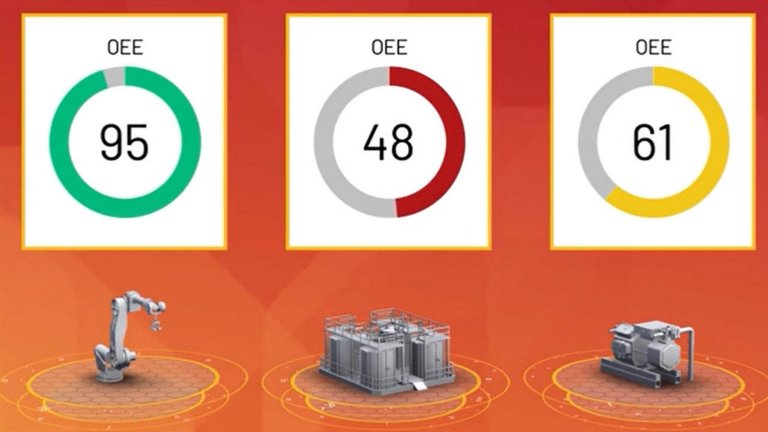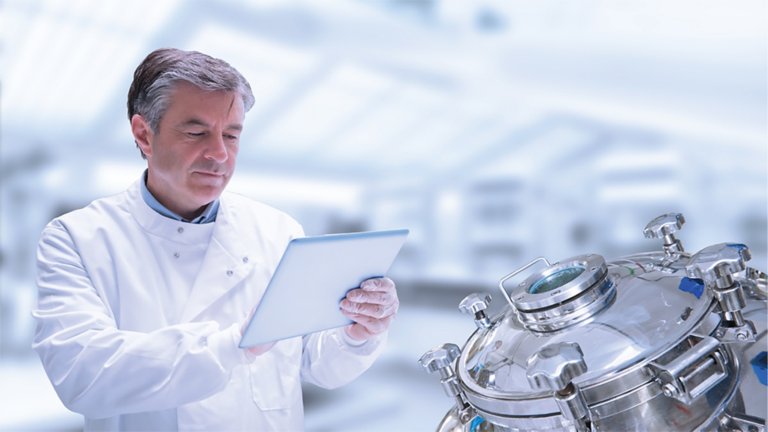Recommended For You
For decades, Georgia-Pacific products like Brawny® paper towels and Quilted Northern® bath tissue have been a fixture in the home and the workplace.
The company, which makes tissue, pulp, packaging, building products and related chemicals, operates about 200 facilities and employs about 35,000 people worldwide. But in recent years, the company has faced a challenge within its employee base: looming retirements. Internal studies showed that in 2015, a significant percentage of the company’s workforce was age 55 and over.
The loss of these workers and their critical knowledge presented a threat to Georgia-Pacific’s ability to compete. This led the company to undergo a digital transformation across its entire organization.
Adopting a new mentality
Prior to its digital transformation, Georgia-Pacific’s production operations had an “operator-centric” mentality. Simply put, they operated in a tribal knowledge-based system. And replacing that knowledge on a one-to-one basis as employees retired would have been a monumental, if not impossible, task.
“We were going to have this large knowledge gap that was going to show up inside our plants and also with the SMEs that were going to support those plants,” said Mike Carroll, senior vice president of innovation, Georgia-Pacific. “And because of that, we needed a new kind of platform that would help us connect the organization.”
Digitally connecting the organization also presented an opportunity to change how problems were solved in production facilities. Most of the company’s internal capability groups were reactive and tried to predict problems based on past experience and beliefs, rather than data and facts.
But connecting the organization would be a sizable job. Much of the technology used in facilities needed to be upgraded, integrated and secured. And the IT and OT organizations were siloed.
“We had to shift,” said Steve Clancey, senior vice president of IT and CIO, Georgia-Pacific. “And to make that happen, we had to figure out, how do we make it a win for everybody?”
Transformation takes shape
For its digital transformation, Georgia-Pacific built a capability team that included business strategists, software engineers, operational SMEs, project engineers, continuous-improvement analysts and others.
The team needed to build a new ecosystem. One that everyone could participate in and work through, without silos holding them back. And one where innovations, specialized services and support could be provided to business units based on needs and use cases.
The team started with smaller, scalable projects that gave them some initial momentum. Helping them move forward were a combination of internal SMEs, vendor partners and other similarly sized, non-competitive companies that provided some form of support, from running experiments to understanding possible solutions to problems they faced. They also found that having buy-in from leadership was paramount, as it freed them from layers of bureaucracy and analysis paralysis.
Perhaps the pinnacle of the team’s efforts was the creation of a new Collaboration and Support Center (CSC). The CSC connects to each facility to provide support and collaboration through remote monitoring, predictive analytics and SME support. The CSC is also designed to remotely operate facilities as needed.
Radical operational change
Digital transformation has moved Georgia-Pacific from its operator-centric mentality to a new “monitor-centric” mentality.
“We have models that run against the data and help us detect either problems ahead of the time or tell us how to run the machines optimally,” Clancey said. “And then we provide that data back into the mill so they can make the adjustments they need to make.”
Employees and external partners have also been remotely connected to production facilities as part of the transformation.
This proved invaluable during the COVID-19 pandemic. Most support staff were able to work from home and integrate seamlessly with their workflows and internal systems as if they were at their normal facility. It also transformed how the company’s approximately 80 SMEs work. By remotely connecting to sites instead of physically traveling to them, these employees have improved both their productivity and their work-life balance.
And while the company has seen record productivities, one thing that’s been important to Georgia-Pacific’s digital transformation has been changing mindsets around how work is done.
“That’s how Steve and I know we’re successful,” Carroll said. “When somebody says, ‘Who do you work for?’ and they say, ‘Well, it depends on the problem I’m solving.’ That’s the kind of organization we’re trying to build.”
Learn more about our Digital Transformation Strategy Consulting Services
Published November 17, 2020




